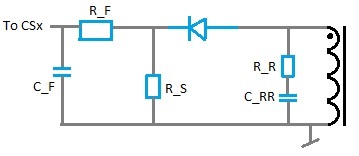I am working on a scalable PFC boost design that will use only one phase of the UCC28070 for a lower output power variant. The full power model uses both phases interleaved and the lower power model depopulates one of the phases.
- Is there anything special I have to do to disable one phase?
- I have the disused current sense input grounded
- Does it matter which of the phases I use in single phase mode?
- I am currently using phase B for single phase.
Thank you!


